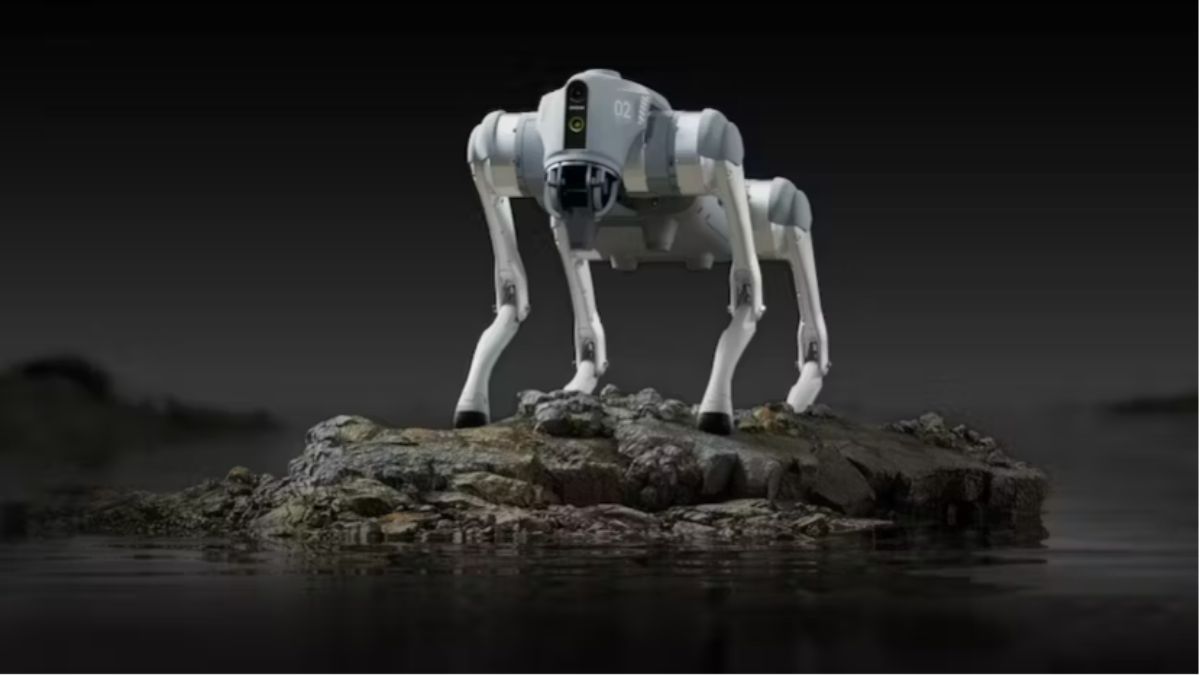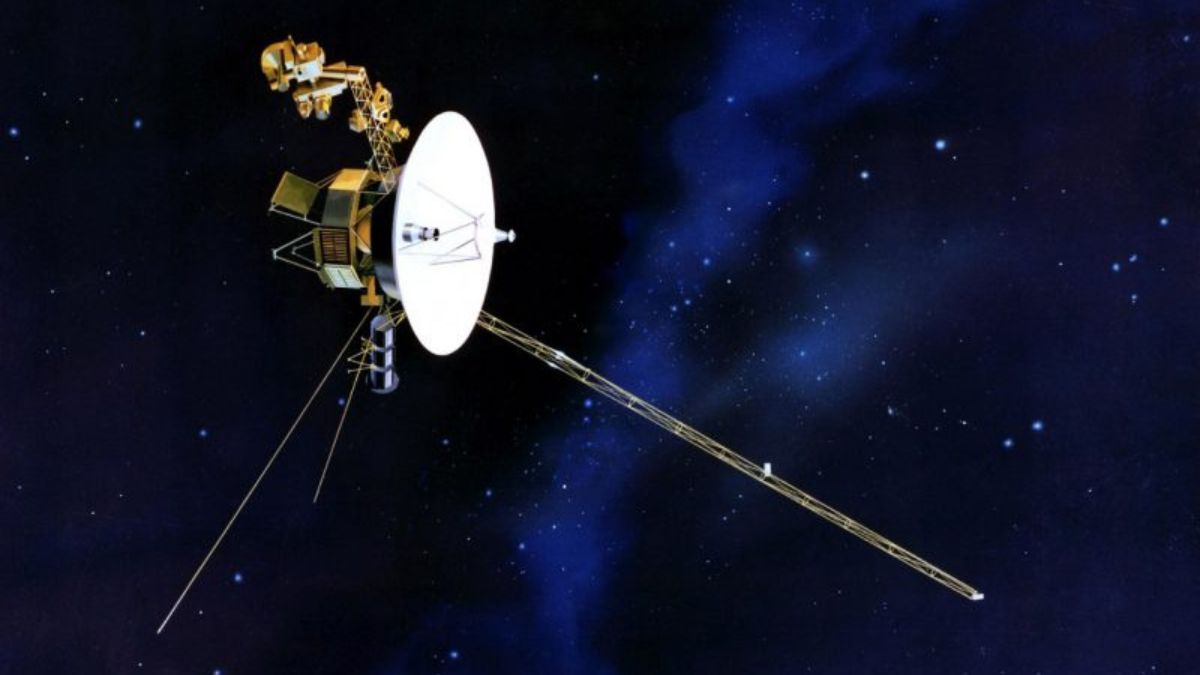
Image credit : Hackster.io ...
news-extra-space

Voyager 2 science mission extended another 3 years (Image credit- EarthSky)
Over the course of more than 43 years, the Voyager 2 spacecraft has been traveling through space, far exceeding the expectations that were set for it during its initial mission. Now, NASA has devised a strategy that will allow it to carry out its mission. Voyager 2, operated by NASA, has been able to accomplish things that have never been done before because of a new power strategy. According to the report, this astounding accomplishment was made possible because NASA's engineers at the Jet Propulsion Laboratory came up with a new power plan, tapping into a backup pool of energy that will allow them to run until at least the year 2026. Since it was first launched in 1977, Voyager 2 has accomplished a lot and is about to reach another one of its goals. Because of a new power approach that was created by experts at NASA's Jet Propulsion Laboratory (JPL), the spacecraft is going to be able to continue its activities for years beyond what was first anticipated. [caption id="" align="aligncenter" width="959"] Image credit- Forbes[/caption]
This new approach could imply that Voyager 2 will continue to orbit around the outskirts of our solar system passing back priceless data that could still hold many mysteries and questions that have yet to be answered.
At this time, Voyager 2 is the sole spacecraft outside of the heliosphere, which is a bubble of particles generated by the Sun around itself and its planets, that surrounds the Earth. It is now located 12 billion miles from Earth.
This region of the solar system is difficult to explore, and there is still a lot of mysteries to be solved; as a result, the data that explorers transmit back is extremely precious.
The Voyager 2 spacecraft's primary power source was running low, but NASA's Jet Propulsion Laboratory (JPL) came up with a way to use the spacecraft's backup power supply to keep it operational in space until at least 2026.
In addition, the team considered turning off one of the five instruments that were installed on Voyager 2 in order to conserve energy. However, in the end, they decided to attempt drawing electricity from the backup power supply rather than turning down any of the equipment.
[caption id="" align="aligncenter" width="768"]
Image credit- Forbes[/caption]
This new approach could imply that Voyager 2 will continue to orbit around the outskirts of our solar system passing back priceless data that could still hold many mysteries and questions that have yet to be answered.
At this time, Voyager 2 is the sole spacecraft outside of the heliosphere, which is a bubble of particles generated by the Sun around itself and its planets, that surrounds the Earth. It is now located 12 billion miles from Earth.
This region of the solar system is difficult to explore, and there is still a lot of mysteries to be solved; as a result, the data that explorers transmit back is extremely precious.
The Voyager 2 spacecraft's primary power source was running low, but NASA's Jet Propulsion Laboratory (JPL) came up with a way to use the spacecraft's backup power supply to keep it operational in space until at least 2026.
In addition, the team considered turning off one of the five instruments that were installed on Voyager 2 in order to conserve energy. However, in the end, they decided to attempt drawing electricity from the backup power supply rather than turning down any of the equipment.
[caption id="" align="aligncenter" width="768"] Image credit- Republic World[/caption]
As a result of the idea's success, NASA did not require a safety net in order to maintain the systems' ability to operate at the same voltage. According to Earth Sky, it was just announced that the scientific mission of the Voyager 2 spacecraft would be extended by an additional three years.
This power method may also be implemented in Voyager 1, taking into consideration the incredible accomplishment that the NASA team achieved by keeping Voyager 2 in space despite the spacecraft's advanced age. At the moment, Voyager 1 only has four instruments, and making use of the reserve may make it possible to extend this mission that has been going on for a very long time.
Over the past few weeks, the Jet Propulsion Laboratory has been monitoring Voyager 2, and the new strategy appears to be working, which marks a significant milestone for this iconic spacecraft.
Also read: What Jupiter’s icy moons’ JUICE spacecraft hopes to discover
Even though Voyager 1 and Voyager 2 were only supposed to have a mission life of five years, scientists now have high hopes that they will be able to extend the iconic spacecraft's mission for even longer. If they are successful, we will be able to collect data that would have otherwise taken us decades to achieve.
Image credit- Republic World[/caption]
As a result of the idea's success, NASA did not require a safety net in order to maintain the systems' ability to operate at the same voltage. According to Earth Sky, it was just announced that the scientific mission of the Voyager 2 spacecraft would be extended by an additional three years.
This power method may also be implemented in Voyager 1, taking into consideration the incredible accomplishment that the NASA team achieved by keeping Voyager 2 in space despite the spacecraft's advanced age. At the moment, Voyager 1 only has four instruments, and making use of the reserve may make it possible to extend this mission that has been going on for a very long time.
Over the past few weeks, the Jet Propulsion Laboratory has been monitoring Voyager 2, and the new strategy appears to be working, which marks a significant milestone for this iconic spacecraft.
Also read: What Jupiter’s icy moons’ JUICE spacecraft hopes to discover
Even though Voyager 1 and Voyager 2 were only supposed to have a mission life of five years, scientists now have high hopes that they will be able to extend the iconic spacecraft's mission for even longer. If they are successful, we will be able to collect data that would have otherwise taken us decades to achieve.
Leave a Reply






